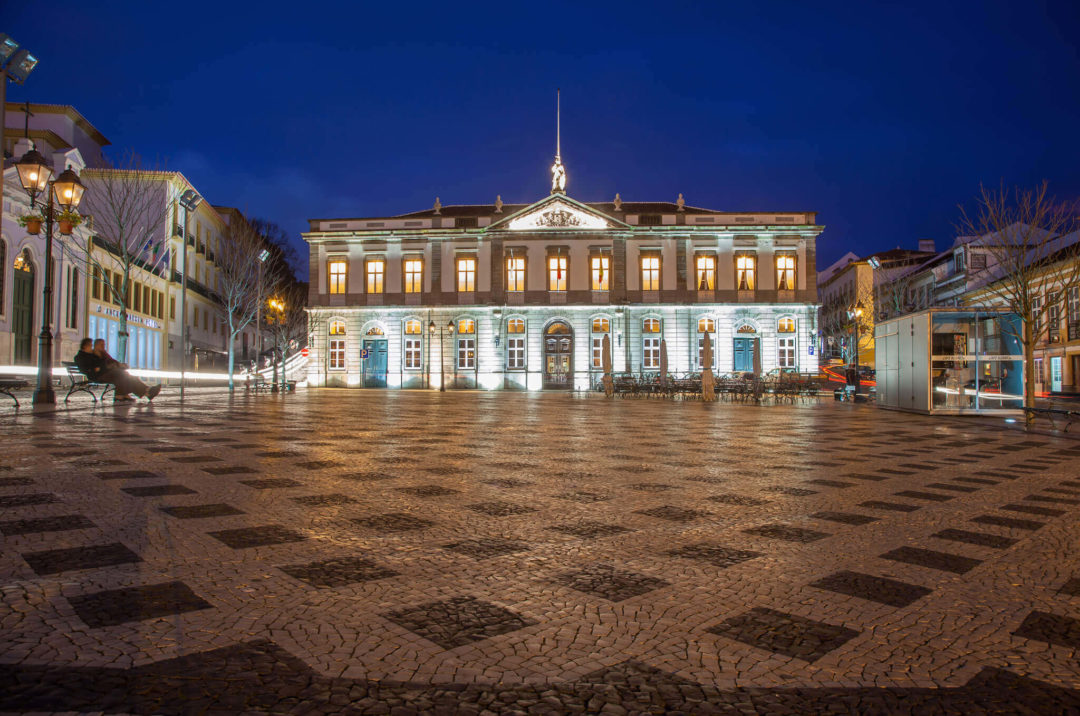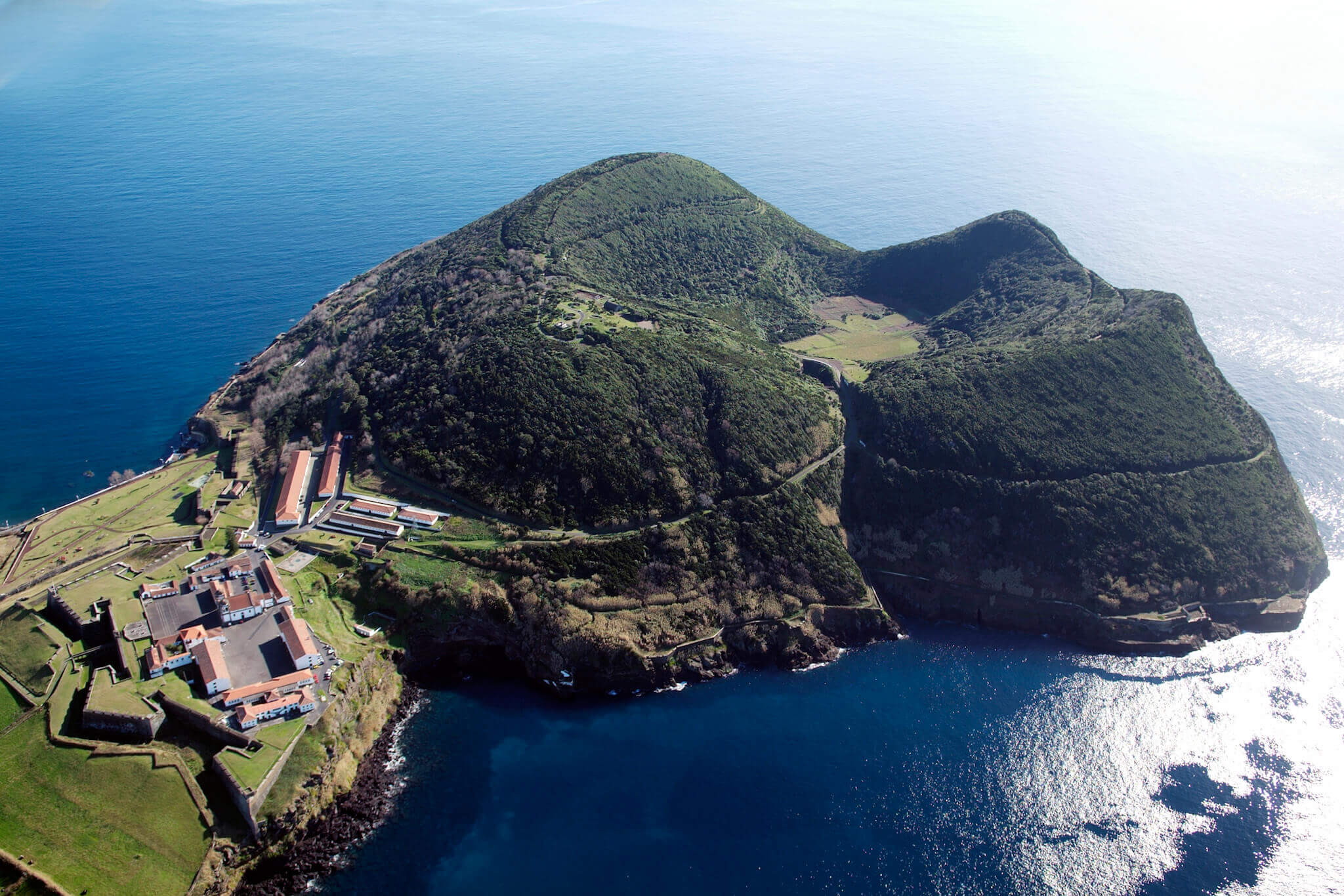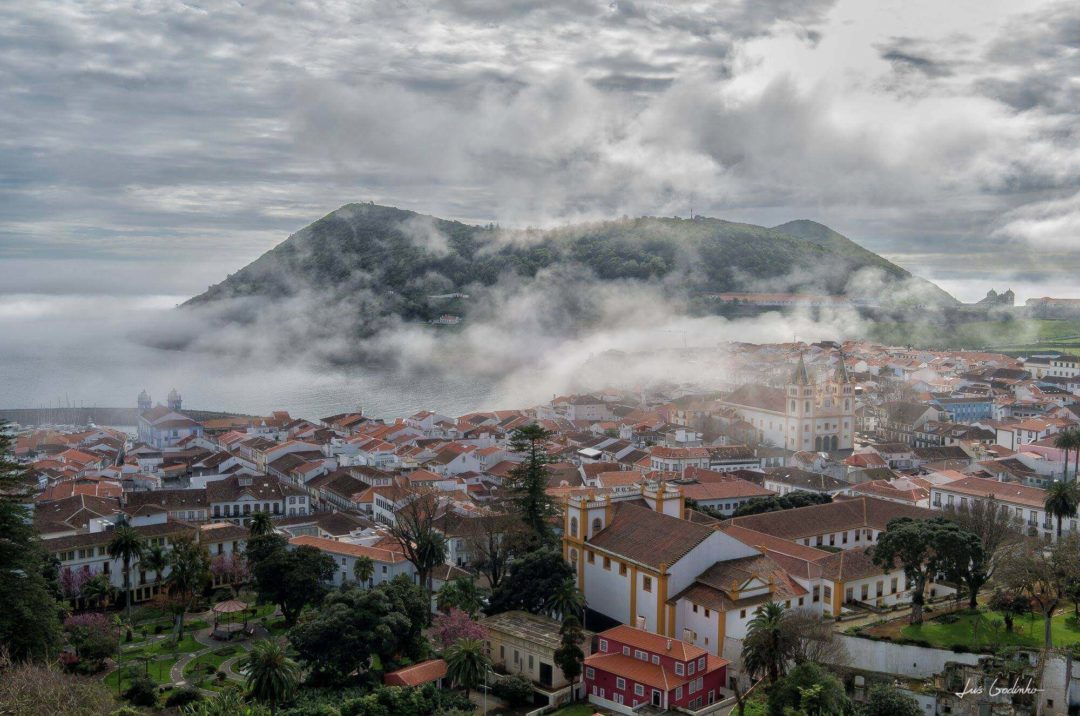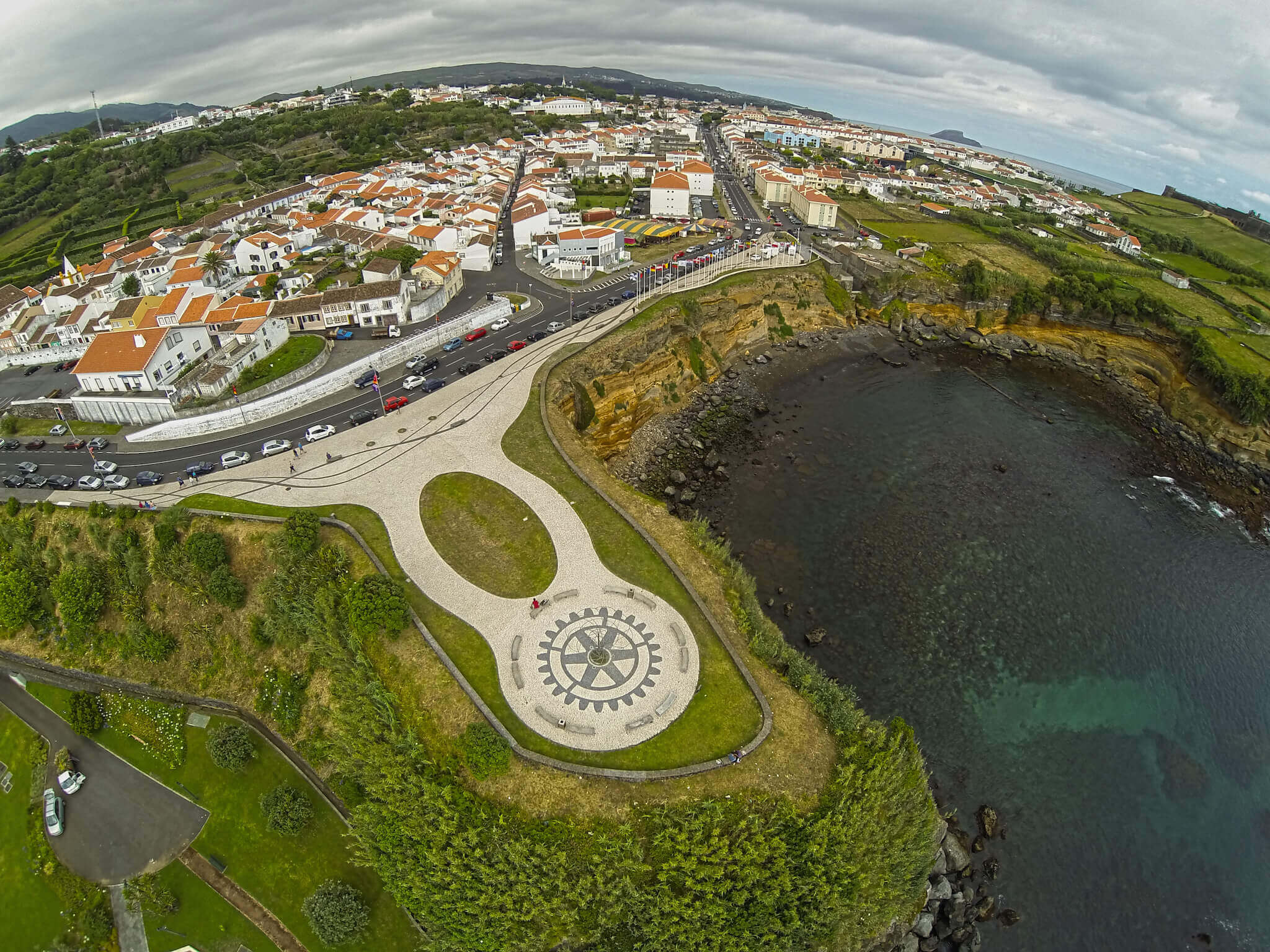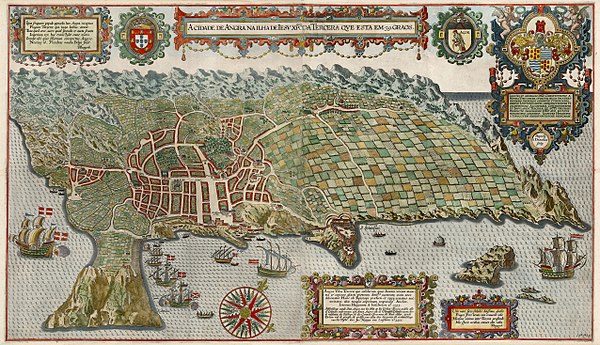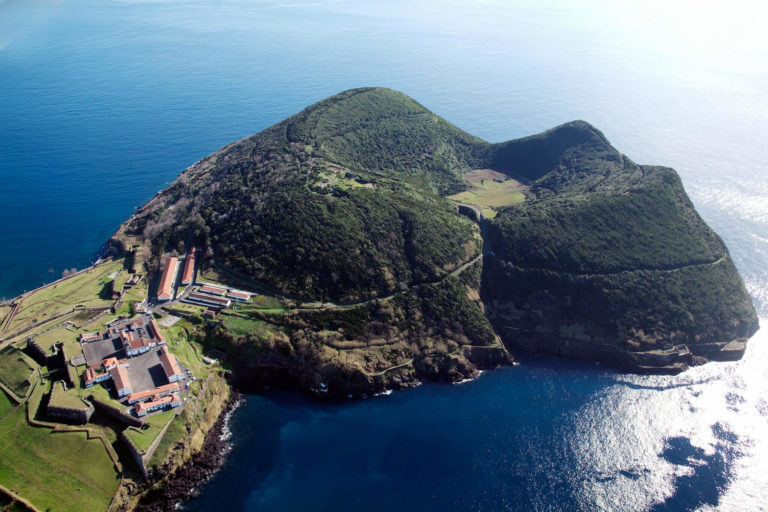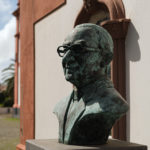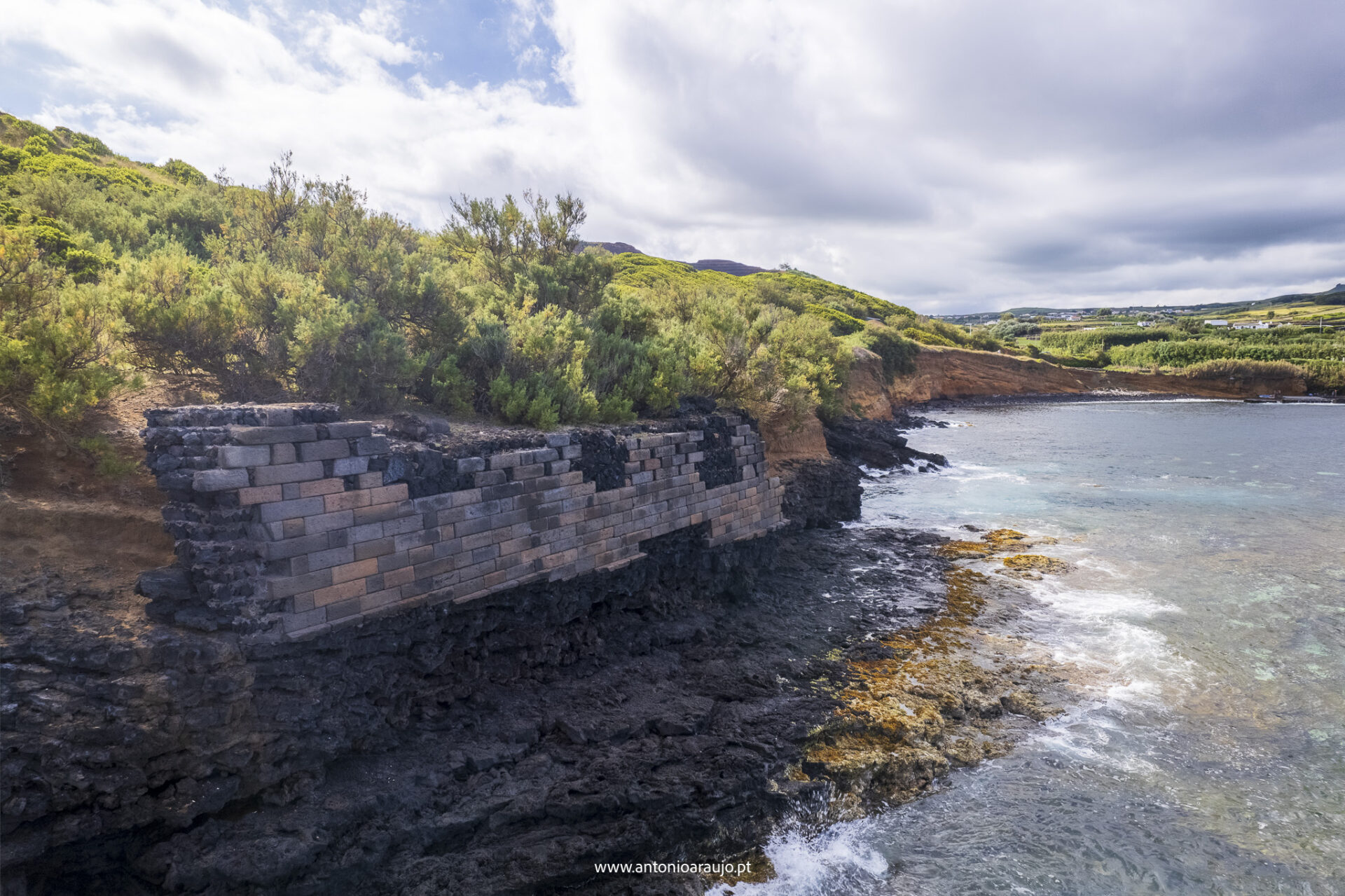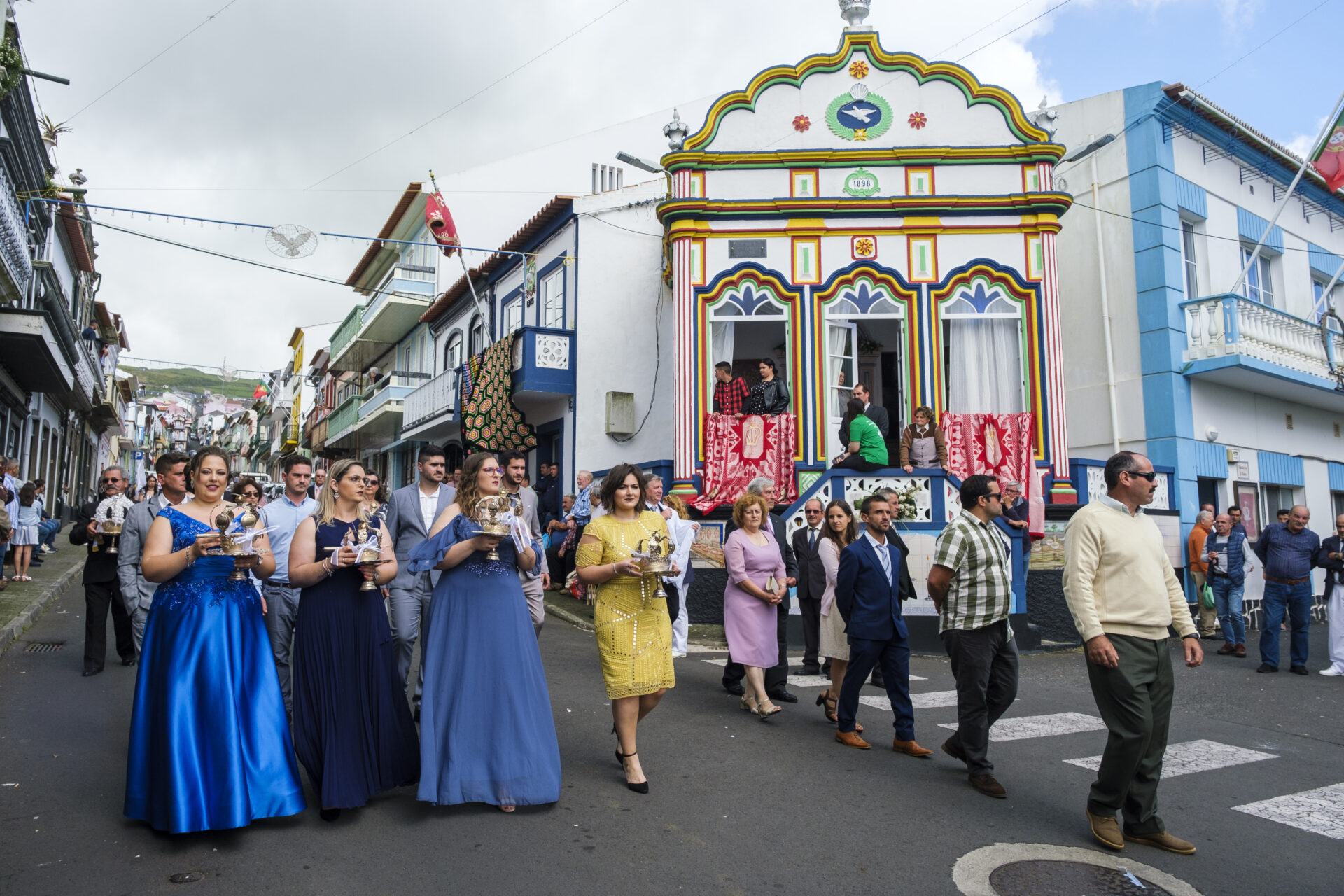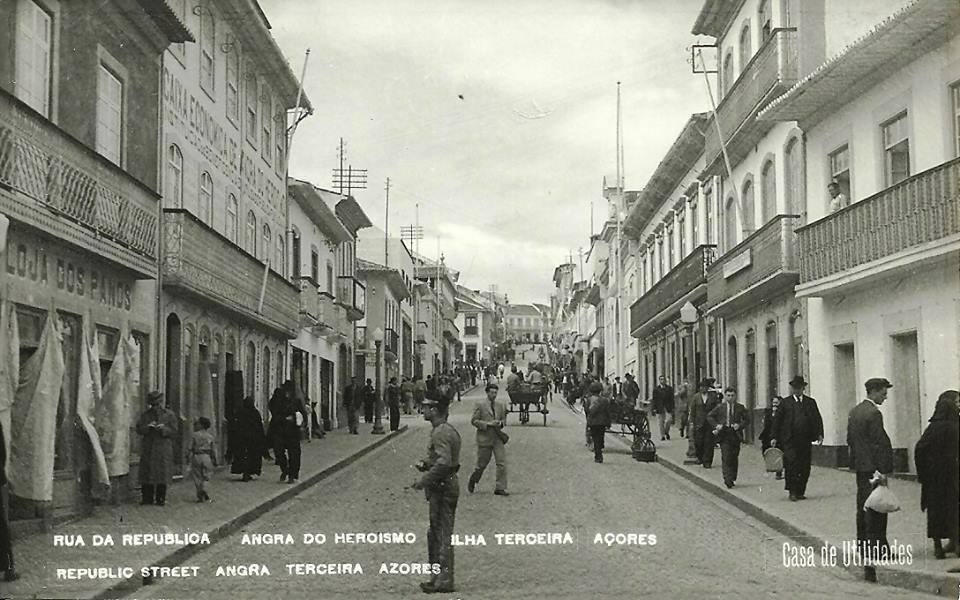- Angra do Heroísmo
- 1 day
- Recommended months to visit January - December
- Low difficulty level
- Some places with restricted hours
- The floor in the city center is distinguished by being paved, and as the points furthest from the central area (as is the case of Monte Brasil) are in forest areas, it is advisable to wear comfortable shoes.
